


Are you sure you want to reset the form?
Your mail has been sent successfully
Are you sure you want to remove the alert?
Your session is about to expire! You will be logged out in
Do you wish to stay logged in?
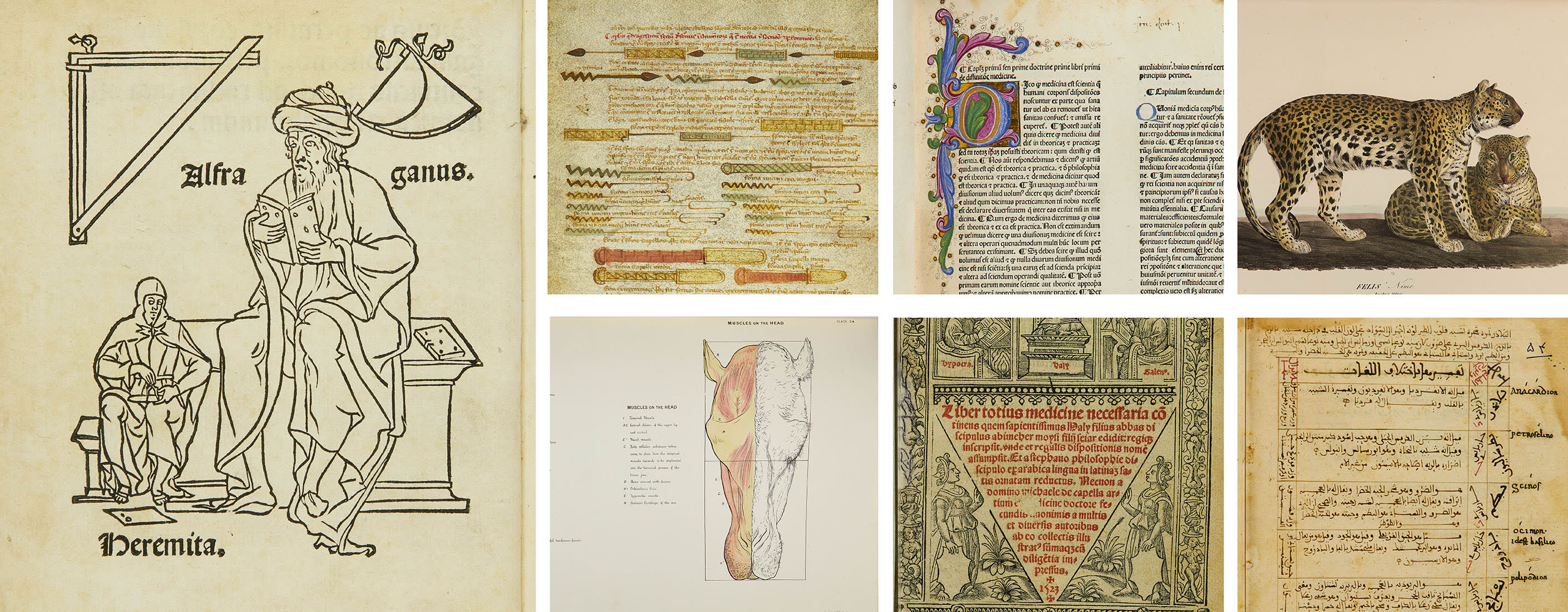
The eighth century witnessed the start of a great scientific movement that would sweep across the Islamic world. Immense advances were made in every domain—astronomy, chemistry, natural history, mathematics and medicine—along with scholarly efforts to translate philosophical and scientific works from Greek, Syriac, Pahlavi and Sanskrit into Arabic. The works from this period found a large audience in late Medieval and Renaissance Europe, and from new astronomical tables that would be used by the greatest European physicists of the fifteenth, sixteenth and seventeenth centuries to mathematical innovations that form the basis of modern technology, their influence would go on to act as the foundations of scientific scholarship in the West.
Comprising an exceptional set of rare and important manuscripts, incunabula, early printed books and monographs from the ninth century onwards, the History of Science and Medicine collection documents and illustrates the history of the translation, reception and influence of Arabic scholarship in Europe and their lasting influence on Western science, technology and medicine.
*When logged in, items from collections to which your institution does not have access are hidden. To display these in your search results, please ensure that 'Only Show content which I have full access to' on the bottom left of the results page is unchecked.

Kitab al-Musta‘ini, or Kitab al-adwiyah al-mufradah (Book of Simples), is a treatise on medical remedies and drugs which draws on the learning of earlier Arab scholars such as Ibn Butlan,Al-Kindi and Al-Biruni, as well as classical Greek authors such as Galen, Dioscorides, Aristotle and Hippocrates.

This is a very rare first edition of Farghānī’s best known and most influential work, on Ptolemaic astronomy, dated 3 September 1493. The text is descriptive and non-mathematical, which, along with its clear and well-organised presentation, likely contributed to the text’s popularity.
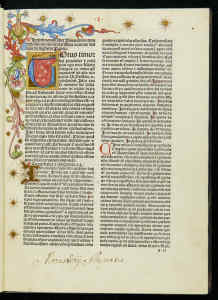
The ninth book of Rhazes Liber ad Almansorem, which was popular as a therapeutic guide, circulated in independent copies or editions in addition to being found with the work of which it was a part.
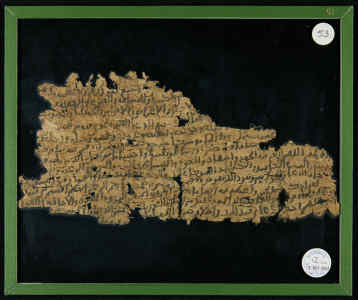
An important group of twenty early Arabic fragmentary papyrus documents dating from the 8th-10th century and ranging in subject matter from religious quotations to medical advice, from trader's accounts to historical notes, and from personal correspondence to talismanic formulae.
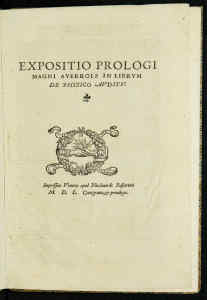
Extremely rare first edition of Lignamine’s commentary on Averroes’ Aristotelian philosophy of science. Lignamine was a Professor of Philosophy and medicine at the University of Padua.
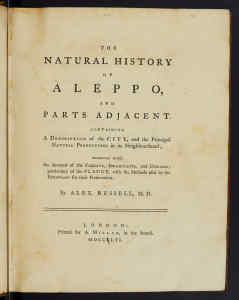
The first edition, by Alexander Russell, a Scottish physician to the Levant Company in Aleppo, appeared in a single volume in 1756. In 1740, Russell was appointed to the English Factory (trading center) in Aleppo, where he became the chief medical practitioner.
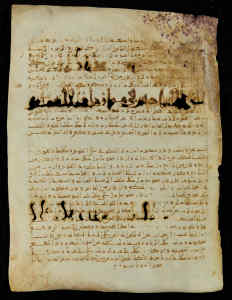
Fragments from the Kitāb al-milāl wa al-duwal, manuscript, 10th century. North Africa. The famous astrologer Abū Ma`shar (d. 886) named his book Kitāb al-Milal wal-Duwal, The Book of Religious Communities and Dynasties.
